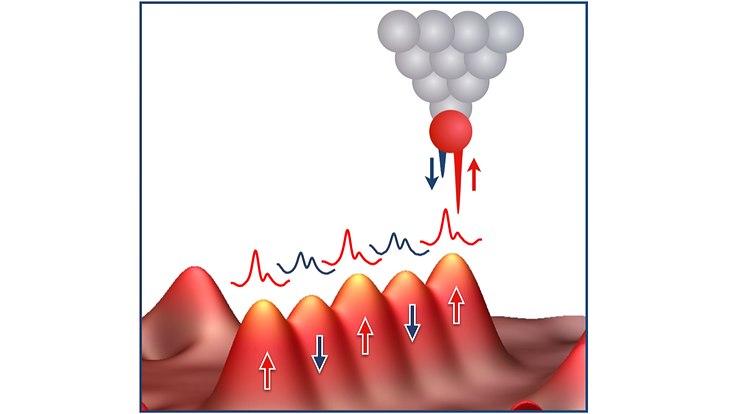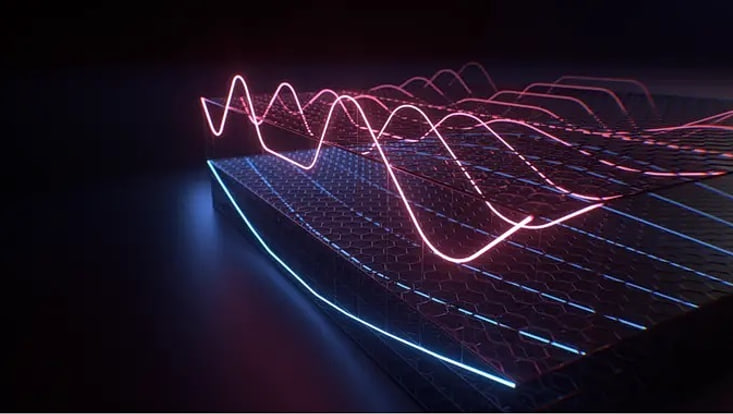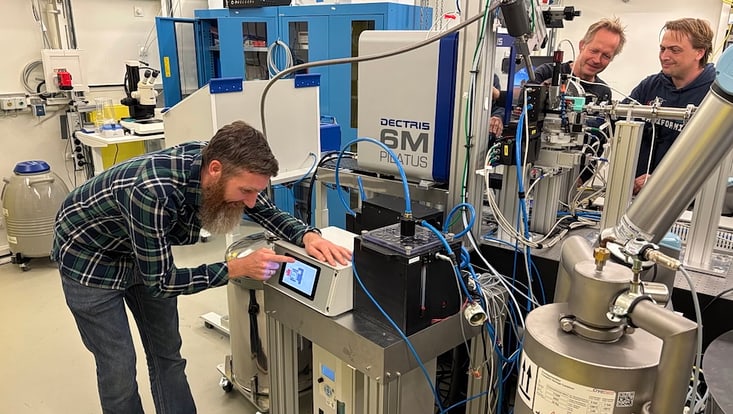Imaging of Matter
New method for atomic-scale mapping of magnetic nanostructures
21 January 2021

Photo: UHH, Lucas Schneider
Scientists from the Institute for Nanostructure and Solid State Physics at Universität Hamburg have invented a new experimental method for high-contrast imaging of atomic spin structures. The study appeared in the journal Science Advances this week.
The development of spin-polarized scanning tunneling microscopy (SP-STM) in the 1990s has revolutionized the field of magnetic nanostructures, giving access to local spin textures on the atomic scale. The maximum contrast achievable by this technique is limited by the magnetic polarization of the microscope’s tip that is scanned across a given sample of interest.
The physicists around Prof. Roland Wiesendanger, who is a researcher in the Cluster of Excellence “CUI: Advanced Imaging of Matter”, have now introduced a method to measure spin-contrast with maximal efficiency. This is enabled by the use of magnetic iron atoms attached to STM tips covered with superconducting Niobium. Such magnetic impurities disturb the superconductor and locally induce bound states, which are 100% spin-polarized.
Perfectly spin-polarized current
Tunneling through these states gives a perfectly spin-polarized current, which can be exploited to read out spin-textures of a sample down to the scale of single atoms. “In this way, spin-contrast of STM tips can be enhanced by as much as one order of magnitude,” says first author Lucas Schneider, who is a PhD candidate in the research group. The effect was measured on Manganese nanomagnets located on a Niobium(110) surface.
Accessing this kind of spin-information will be crucial for advancing nano-scale spintronics and can help revealing the exciting physics of exotic states in hybrid magnet-superconductor nanostructures.
Citation:
L. Schneider, Ph. Beck, J. Wiebe and R. Wiesendanger
"Atomic-scale spin-polarization maps using functionalized superconducting probes"
Science Advances 7, eabd7302 (2021)


